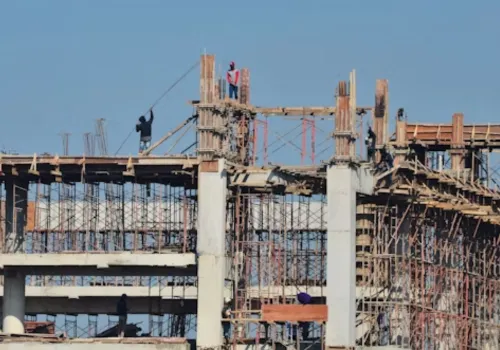
Rent hikes are easing across Oklahoma’s largest cities as a surge of new apartment projects hits the market, giving tenants more choices and slowing the sharp price jumps seen in previous years.

In June, Zumper’s National Rent Index showed median rent for one-bedrooms nationwide remained steady at $1,520, with two-bedrooms edging up just 0.2% to $1,910. Year-over-year, one-bedroom rents dipped 0.4% — the first annual decline in over a year — while two-bedrooms rose only 0.5%.
“The current plateau seen in our national rent prices likely reflects a more deliberate and strategic approach by property owners,” said Anthemos Georgiades, CEO of Zumper. “This isn’t a sign of weak demand; renters are still out there, but with so much new inventory on the market, landlords are prioritizing occupancy and staying competitive in an increasingly crowded landscape.”
In Oklahoma City, the median rent held at $900, flat month-over-month but down 1.1% from last year. Tulsa’s median rent was slightly higher at $910, down both from May and year-over-year.

The supply boom is most evident in north Oklahoma City, where large employers and steady sprawl have fueled multifamily growth. From 2023 through mid-2025, 6,848 new units came online across 34 properties, pushing the occupancy rate down slightly to 92.8% in June.
“So, the market saw steady demand. On average, about 142 more units were filled each month than emptied,” said Ryan Chapman, a senior financial analyst with Colliers. “It’s a good sign that OKC’s rental market has been growing and is strong enough to keep up with new supply.”
Similar trends are playing out in Tulsa, though on a smaller scale, Chapman said. Colliers’ data show thousands more units are under construction or planned across both metros.
Despite easing rents, affordability challenges persist. Nearly one in four renters in Oklahoma City spend more than half their income on housing, meeting HUD’s definition of “severely cost-burdened.” In Tulsa, that figure is just over one in five
The softening trend in Oklahoma mirrors a broader national stabilization as new apartments reach the market faster than renter demand can absorb them. With major developments continuing in job centers like north Oklahoma City, landlords are increasingly focused on retaining tenants through renewals rather than pushing for aggressive rent hikes.
Experts say this supply-driven balance could help renters find better deals in the coming year, especially as new projects wrap up. However, affordability remains an urgent issue for low-income households and seniors — a renter group that has grown by nearly 30% nationwide over the last decade.
In both Oklahoma metros, the combination of steady population growth, strong job hubs, and new development will likely keep rent growth moderate through 2025, barring a sudden economic downturn or a halt in construction activity.
Originally reported by Kathryn McNutt in Journal Record.